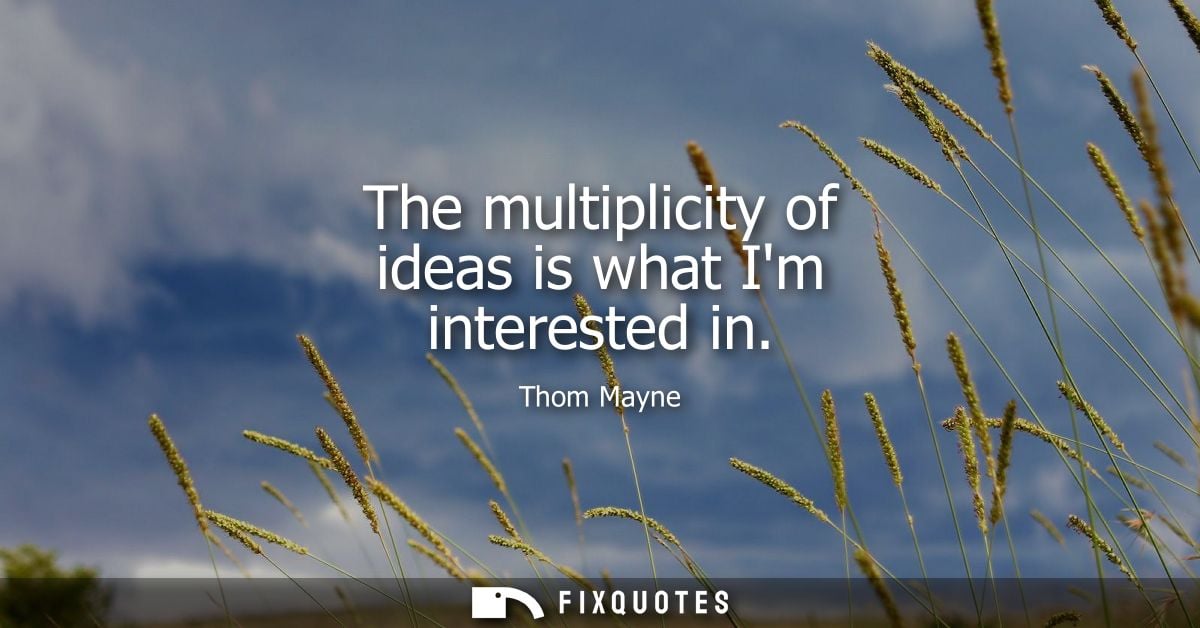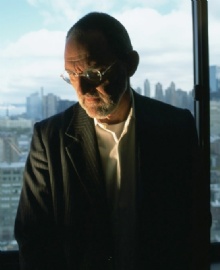"The multiplicity of ideas is what I'm interested in"
About this Quote
Thom Mayne’s reflection expresses a fascination with the abundance and diversity of ideas rather than a single, unified vision. This perspective carves a place for complexity, rejecting simplification and monolithic thinking. In architecture and creative fields, multiplicity inspires innovation, allowing for the synthesis of disparate voices, experiences, and cultural influences. By embracing a multitude of concepts, practitioners like Mayne create work that resists stagnation, continually reinventing itself to reflect evolving contexts.
The celebration of multiple ideas encourages collaborative engagement. It opens the door to dialogue, welcoming contributions from various disciplines and stakeholders. Design becomes a communal process, with individual perspectives coalescing into richer outcomes. The resultant work better addresses the intricacies and contradictions of real life, manifesting in environments that support diverse occupants and uses.
Plurality within the creative process fosters adaptability. As the world presents fresh challenges, a mindset fixed on multiplicity is prepared to evolve. Instead of rigid adherence to a single paradigm or trend, work emerges that is flexible, resilient, and layered. Each project becomes a site of ongoing exploration, not an endpoint but a field for continuous questioning.
Mayne’s interest in idea multiplicity also points toward the value of ambiguity and unresolved tensions. By allowing competing concepts to coexist, the creative act reflects the messiness of human experience. This complexity yields spaces and objects with depth, encouraging ongoing interaction and interpretation. Designs do not dictate a single understanding, rather, they cultivate curiosity, participation, and reinterpretation.
Ultimately, an investment in multiplicity eschews finality and ownership of meaning. It is a stance of intellectual openness, where architecture and art operate as living systems encoded with traces of many minds, cultures, and possibilities. In our rapidly changing world, such an ethos not only generates original work but also creates space for transformation, inclusion, and enduring relevance.
About the Author

